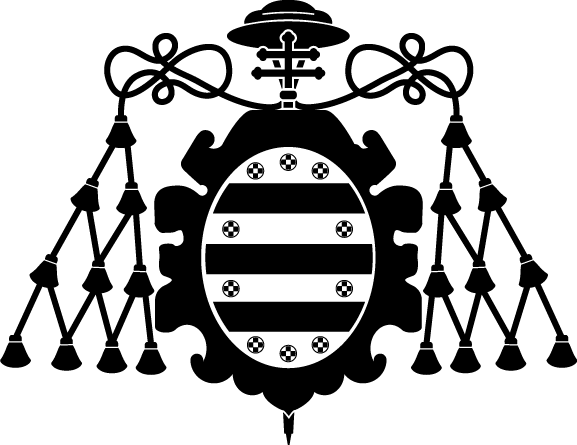Isolated PWM DC-DC Converter with Single Magnetic Component, ZVS and Self-Balanced Switched-Capacitor Voltage
Autor(es) y otros:
Palabra(s) clave:
DC-DC Power Converter
High step-down conversion
Zero Voltage Switching (ZVS)
Switched Capacitor
Fecha de publicación:
Editorial:
IEEE
Resumen:
The Single-Active Bridge (SAB) converter is a suitable candidate for dc-dc conversions that require galvanic isolation, unidirectional power flow, high efficiency and high power density. The topology can operate at constant frequency with regulation capability, thus avoiding the penalization in terms of electromagnetic compatibility of resonant converters. Moreover, the SAB converter achieves Zero Voltage Switching (ZVS) for all MOSFET and it can be implemented with a single magnetic component by properly designing the transformer leakage inductance. Unfortunately, the transformer highly penalizes the efficiency and the power density when high step-down conversions are addressed. In this paper, a novel version of the SAB converter is proposed in order to alleviate the aforementioned drawback. The novel topology incorporates a switched-capacitor structure that reduces the voltage across the transformer primary winding. Consequently, higher step-down conversions can be addressed and the integration of the series inductance into the transformer is easier. Moreover, the novel converter exhibits additional benefits, such as soft charge/discharge of the switched capacitor with self-balance mechanism of the voltage across that capacitor, reduced voltage stress across three MOSFETs and no transformer saturation problem. Experimental results of a 400V-to-48V converter prototype with a switching frequency of 100kHz and a peak output power of 500W that achieves a peak efficiency of 94.1% and a full load efficiency of 93% are provided.
The Single-Active Bridge (SAB) converter is a suitable candidate for dc-dc conversions that require galvanic isolation, unidirectional power flow, high efficiency and high power density. The topology can operate at constant frequency with regulation capability, thus avoiding the penalization in terms of electromagnetic compatibility of resonant converters. Moreover, the SAB converter achieves Zero Voltage Switching (ZVS) for all MOSFET and it can be implemented with a single magnetic component by properly designing the transformer leakage inductance. Unfortunately, the transformer highly penalizes the efficiency and the power density when high step-down conversions are addressed. In this paper, a novel version of the SAB converter is proposed in order to alleviate the aforementioned drawback. The novel topology incorporates a switched-capacitor structure that reduces the voltage across the transformer primary winding. Consequently, higher step-down conversions can be addressed and the integration of the series inductance into the transformer is easier. Moreover, the novel converter exhibits additional benefits, such as soft charge/discharge of the switched capacitor with self-balance mechanism of the voltage across that capacitor, reduced voltage stress across three MOSFETs and no transformer saturation problem. Experimental results of a 400V-to-48V converter prototype with a switching frequency of 100kHz and a peak output power of 500W that achieves a peak efficiency of 94.1% and a full load efficiency of 93% are provided.
Descripción:
Applied Power Electronics Conference and Exposition (40th. 2025. Atlanta, USA)
Patrocinado por:
This work was supported in part by the Spanish Government under Project PID2022-136969OB-I00 and “Formación de Personal Investigador” (FPI) Program Grant no. PRE2022000348.
Colecciones
Ficheros en el ítem




